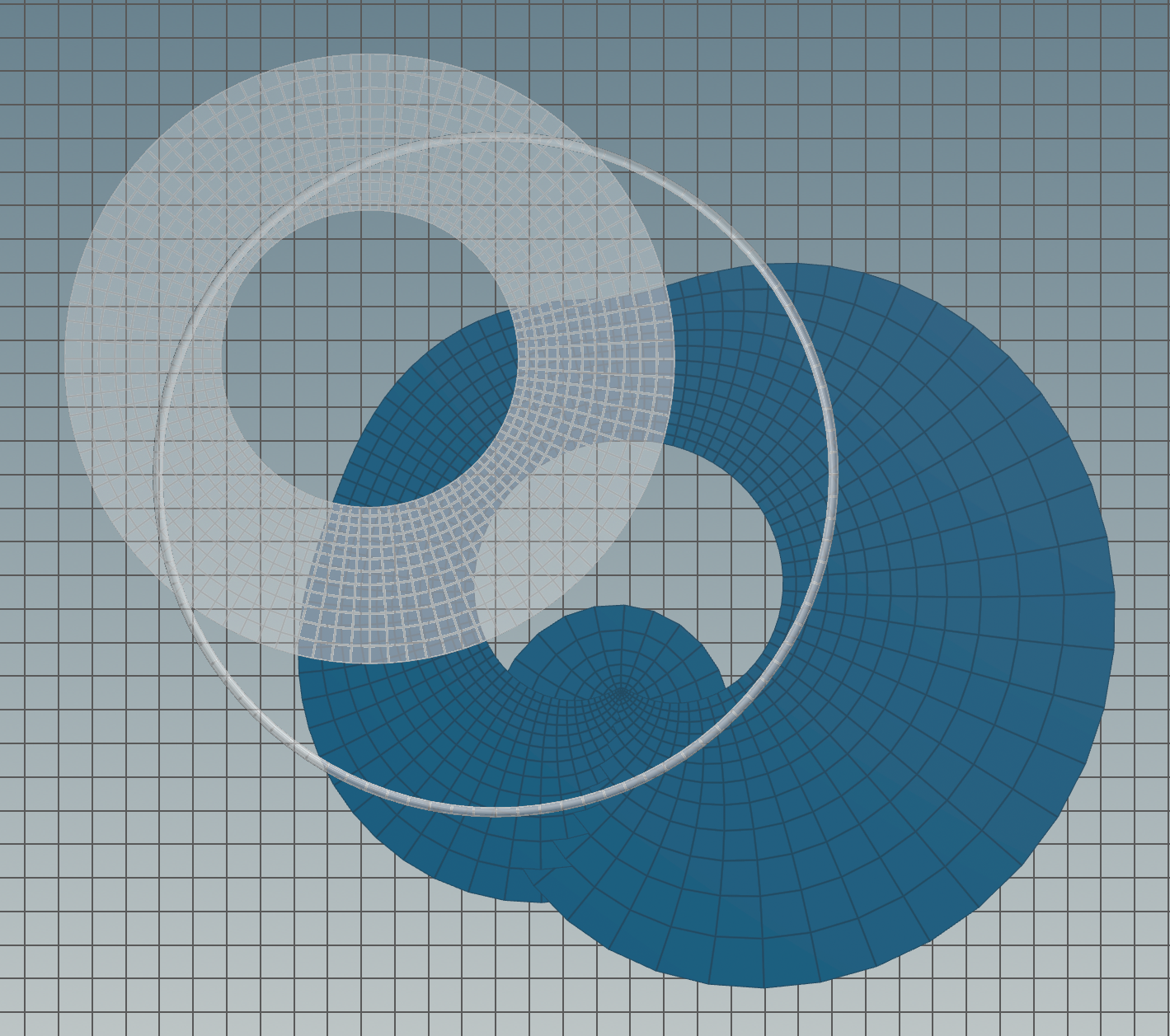If $M\subset\mathbb{R}^2$ is a plane domain and the image of parametrized surface $f:M\to \mathbb{R}^3$ is contained in
\[\mathbb{R}^2=\{(x,y,z)\in \mathbb{R}^3\,\,|\,\, z=0\}\]
then the defining equations of a conformal map
\begin{align*}\left|f_u\right|&=\left|f_v\right| \\\\ \langle f_u,f_v\rangle &=0\end{align*}
imply that $\left|f_v\right|$ arises from $\left|f_v\right|$ by a $90^\circ$-rotation, either counter-clockwise,
\[f_v=J\,f_u\]
or clockwise:
\[f_v=-J\,f_u.\]
Here
\[J = \left(\begin{array}{cc}0 & -1 \\ 1 & 0\end{array}\right)\]
is the matrix corresponding to the $90^\circ$-rotation in the positive sense. Let us stick to the first possibility $\left|f_v\right|=J\left|f_u\right|$ which corresponds to the case where the map $f$ preserves orientation. If you spell out what this property means for the two component functions of $f$, you will find this relation to be equivalent to the Cauchy-Riemann equations. So, if we identify $\mathbb{R}^2$ with the set $\mathbb{C}$ of complex numbers, orientation-preserving conformal maps from domains in $\mathbb{R}^2$ into $\mathbb{R}^2$ are holomorphic maps. Note that the above matrix $J$ has the same effect on vectors in $\mathbb{R}^2=\mathbb{C}$ as multiplication by $i$.
The above observation supplies us with a rich source for conformal parametrizations. At least away from the zeros of their derivative, all holomorphic maps are conformal. For example, all complex polynomials are conformal. Below we show the map
\begin{align}f: M &\to \mathbb{C} \\ f(z) &= \frac{z^4}{4}-z\end{align}
where $M$ is a certain annulus (shown in white). To help orientation in $\mathbb{C}$, we also displayed the unit circle. Not that the roughly square-shaped quadrilaterals of the annulus approximately retain their shape, basically they are only scaled.

